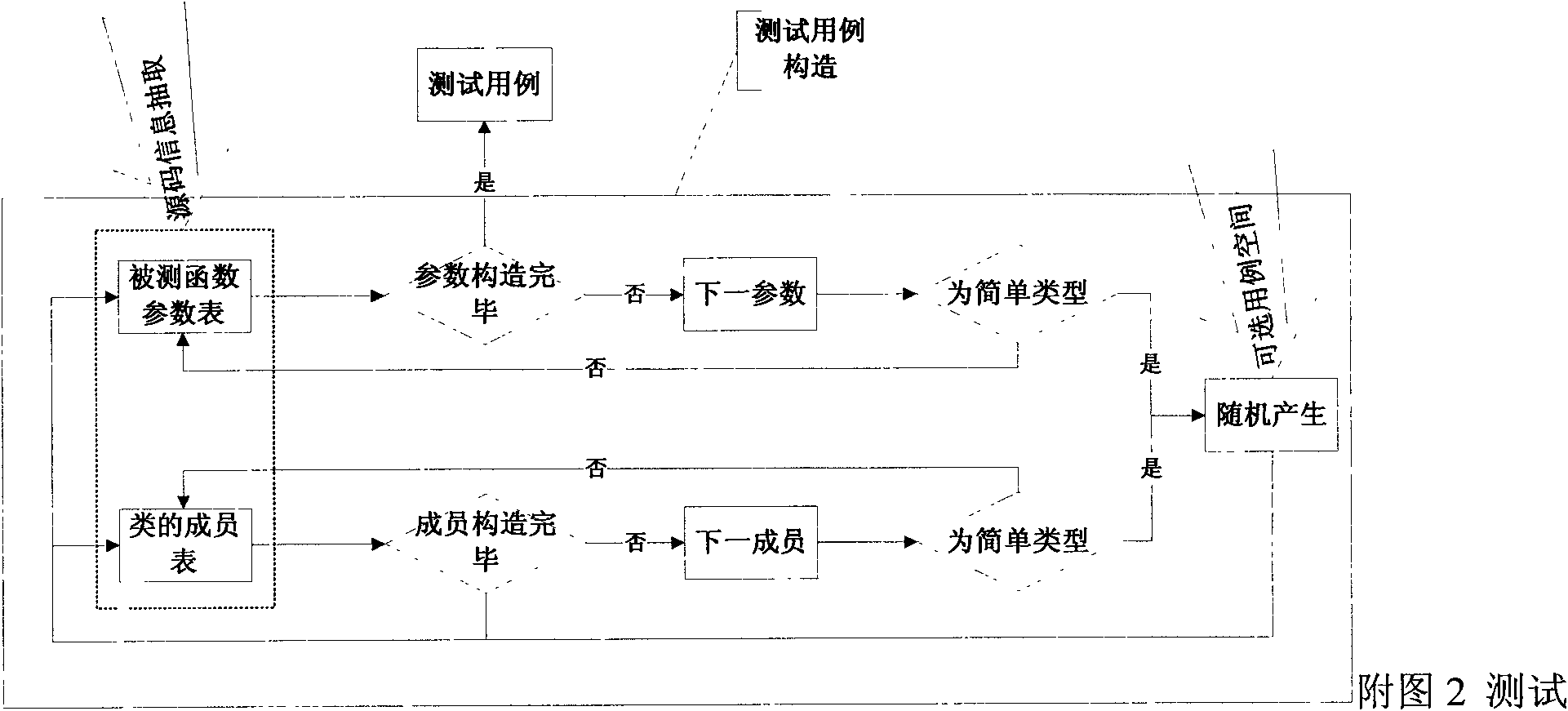Invariant-booted random test case automatic generation method
A technique of random testing and use cases, applied in software testing/debugging, etc.
- Summary
- Abstract
- Description
- Claims
- Application Information
AI Technical Summary
Problems solved by technology
Method used
Image
Examples
example 2
[0030]
[0031]
[0032] The workflow of Algorithm 1 applied to Example 2 is shown in Table 2:
[0033]
[0034] Table 2. The process of Algorithm 1 to generate test cases
[0035] The order of test case generation in Table 2 is from top to bottom. If a candidate case changes the program likelihood invariant set, it is added to the final test case set. The termination condition N=3 means that the algorithm terminates when three consecutive candidate cases do not change the set of program likelihood invariants. The final test case set is {5, 1, -1, -6, 0}. The final program likelihood invariant set is: precondition: empty; postcondition: (x>=0)=>(x==return), (x(x==-return), return>= 0. Under the current experimental conditions, it can be considered that the likelihood invariant set is the program dynamic invariant set. If N increases, the set of program likelihood invariants may also change. That is to say, the final set of program likelihood invariants we get is...
PUM
 Login to View More
Login to View More Abstract
Description
Claims
Application Information
 Login to View More
Login to View More - R&D
- Intellectual Property
- Life Sciences
- Materials
- Tech Scout
- Unparalleled Data Quality
- Higher Quality Content
- 60% Fewer Hallucinations
Browse by: Latest US Patents, China's latest patents, Technical Efficacy Thesaurus, Application Domain, Technology Topic, Popular Technical Reports.
© 2025 PatSnap. All rights reserved.Legal|Privacy policy|Modern Slavery Act Transparency Statement|Sitemap|About US| Contact US: help@patsnap.com



